If you’re a CMO in a B2B company, the first question you should ask yourself is; do you have a strategy to become more data-driven or do you just want it to happen magically? The first thing one needs to know is that without having someone working towards this goal, nothing will happen.
To become data-driven is a serious undertaking that needs to have articulated business results targets to work towards; otherwise, the whole attempt might be for nothing if your CEO or CFO are questioning the investment after two years. There are other pitfalls as well that one needs to be wary of.
Watch AET 5: Best practices use cases“We need a technology RFP” is a claim that in the end often only leads to a slow and expensive process which, in turn, leads to what I like to call a “Ferrari in the garage” situation. Another claim is; “we need to understand what this is before we proceed”. Ignore! It’s better to get going than to launch a discovery project after which still no one understands what should be done.
So what should you, as a CMO, do? It’s actually not that complicated. First, you need to understand that without data you cannot become data-driven. Let’s take Amazon (who are growing their overall presence in Sweden and who recently launched their Swedish website. domain) as an example. Amazon is essentially built on data. Data is used to drive more value for Amazon in every single touchpoint, no matter if you are shopping on their website, reading your Kindle, talking to Alexa or streaming series and films on Amazon Prime. So, to be like Amazon, we must have data.
Read about Amazon’s entry on the Swedish marketThe Avaus B2B Library with 7 Processes for Increasing Revenue and Marketing Efficiency
Without knowing where you and your organisation are today on the journey towards becoming data-driven, let’s have a sneak peek into the Avaus B2B Library where we have gathered seven processes that both individually and collectively work towards higher sales and greater marketing efficiency. These processes can be adopted to a lesser or greater extent depending on where you are on this journey, but they will also give you an idea of what a great impact data can have on your organisation and its revenue.
Process 1: Identify the market potential
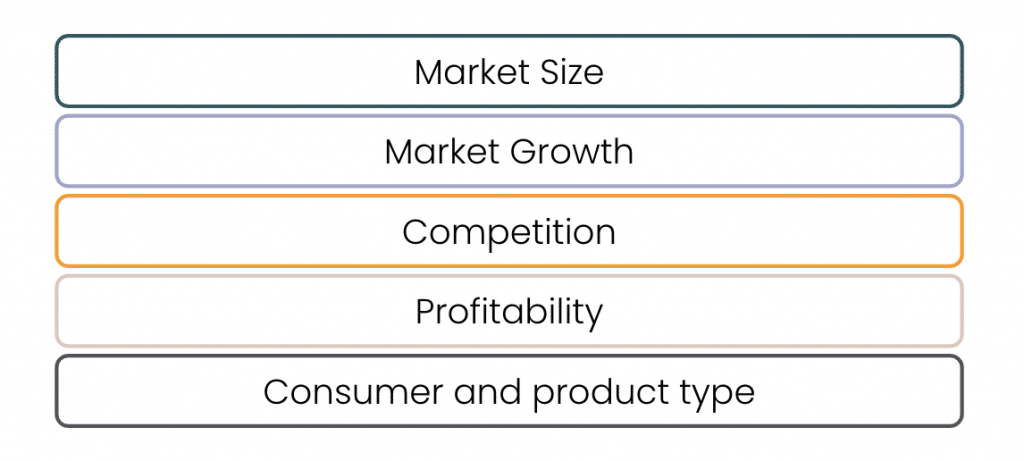
This process means that you should prioritise your target accounts based on the likelihood of conversion. To do this you need to process your own (1st party data) and augment it with 3rd party data. Thereafter, with the help of AI and/or Machine Learning, evaluate the likelihood for conversion and finally take actions such as automating the nurture of lead generation activities etc.
Case Outokumpu: Vision for Marketing Data
Process 2: Scoring your leads and prospects
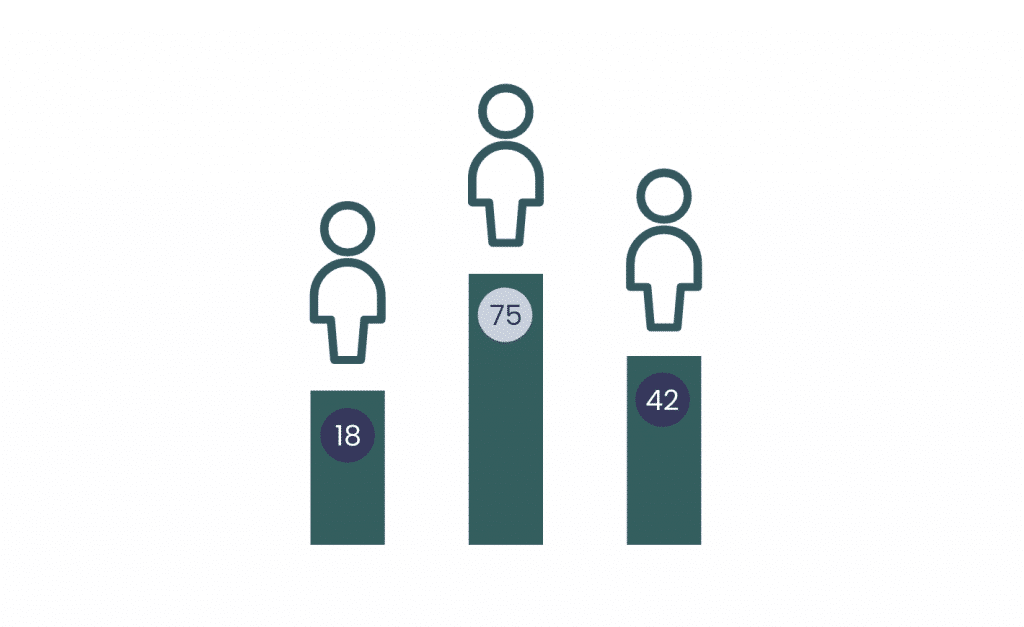
Here you will again rely on your 1st and 3rd party data for predictive account scoring in order to prioritise leads based on their potential, but also on their likely needs. The truth is that very little data is needed to be able to increase the hit-rate in both marketing and outbound sales. The bottom line is that targeting the right leads can increase your sales significantly.
Download our B2B Marketing Tactics Blueprint
Process 3: Recommending next best actions
Why aren’t B2B organisations successful with these types of actions?
- They don’t have the data for either analysing or pursuing their customers’ needs
- If they have started using AI/ML without the aforementioned data, they are wasting their time
- They do not have enough competence in-house to get started
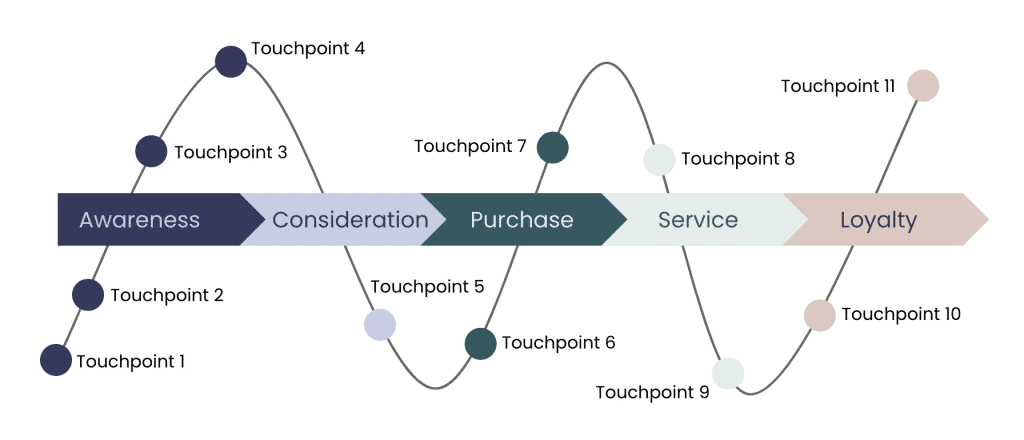
Since knowing what to sell or do next is crucial for sales results, applying the next best action can lead to great improvements across different channels. It’s therefore time to stop relying on hunches and feelings and, instead, adopt a data-driven approach by using AI and Machine Learning to decide what the customer needs next.
Process 4: Educate your buyers
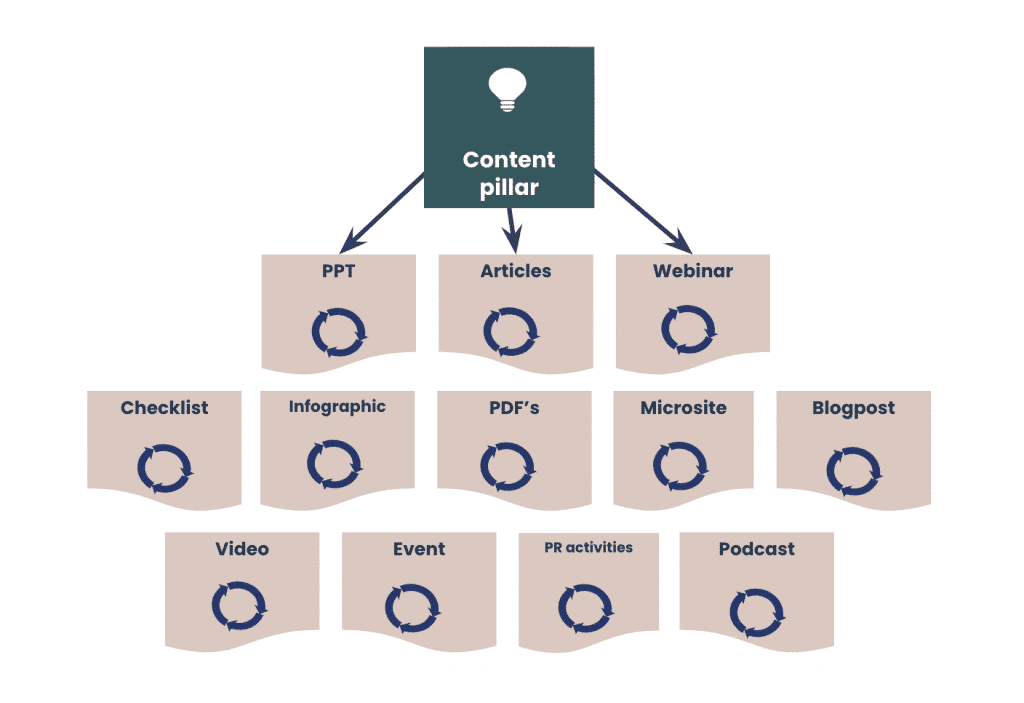
You’ll want to do this so that the sales representatives don’t have to. You can do this quite easily and effectively with the help of webinars, blogs, videos and other content that will ultimately shorten your sales cycle and provide sales intelligence. The fact is that buyer groups continue to increase and you simply can’t “sell” to them all without the help of marketing. This process is closely linked to the next process and they should essentially be active simultaneously.
Atlas Copco: Global roll-out of Marketing Automation
Process 5: Nurture and support sales
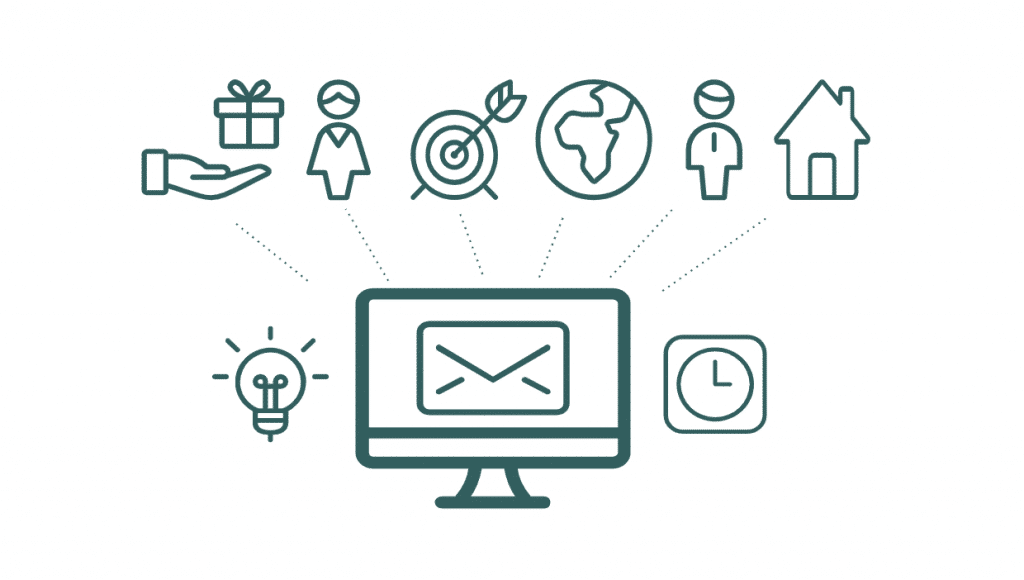
Examples of nurturing and supporting sales:
- Email newsletter
- Personalised Email
- With or without cross/up-sell element
- SoMe marketing
- Retargeting campaigns
- Blog posts
This is a necessary process in order to ensure that you are reaching the entire buying group at an account by targeting the wider buying group while collecting “signals intelligence”. Successfully doing this will build a stronger awareness, trust and connection (before and after the sale) between you and your target group.
Process 6: Support up- and cross-selling
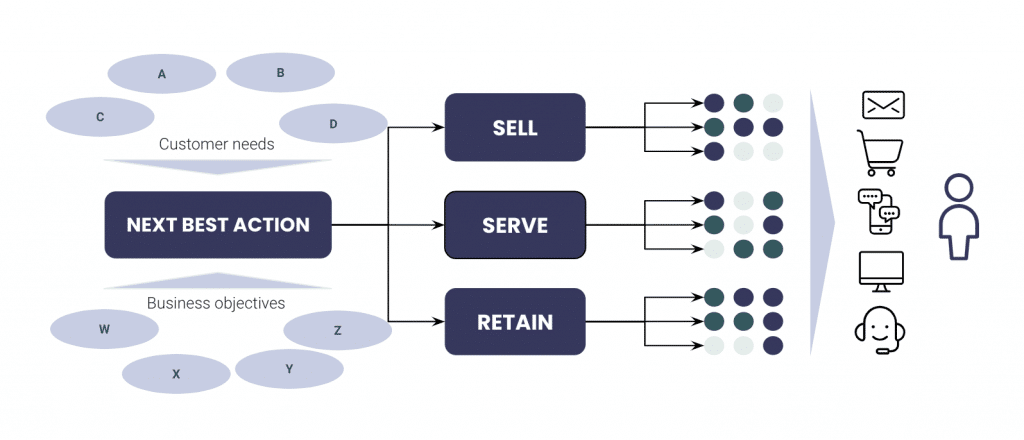
This is truly critical if you want to drive higher revenue. Here you will automate sales leads, outbound and marketing activities based on customer data and predicted sales potential. This process requires some essential data to be carried out well. Examples of this could be transactional and interactions data from ERP and CRM systems, as well as digital interactions such as web/app sections visited. Based on this data, you can apply algorithms such as propensity to buy or to determine which value proposition will work best. Lastly, you’ll add relevant actions to improve your marketing and sales.
Postnord: Predictive analytics for B2B
Process 7: Predicting and preventing churn
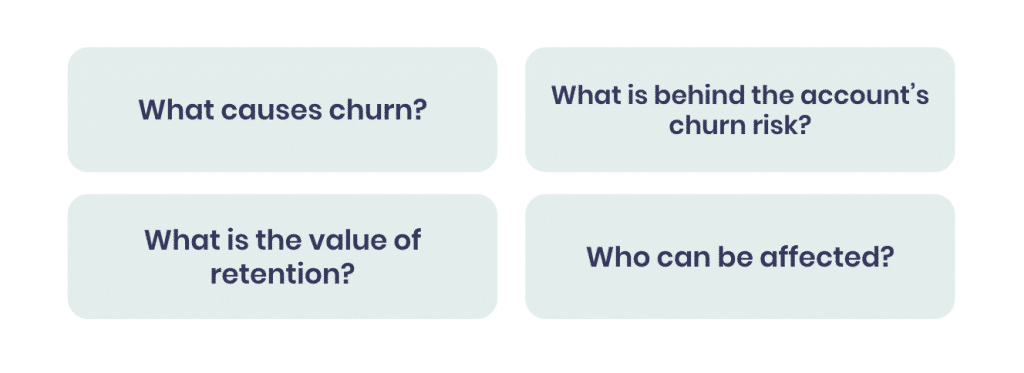
If you know which customers might be leaving, it will allow you to counteract that by reaching out before it happens. Using the right kind of “vaccine” to prevent loss of business is a great process to continue growing your revenue.
Some measures for churn prevention include:
- Predict which customers are likely to have decreasing volumes and the reason for that
- Proactively prevent churn
- Launch automated customer satisfaction initiatives for customers with poor Net Promoter Score (NPS) figures.
The same formula as in the previous process works here in the sense that you need data, algorithms and appropriate actions, (although different algorithms and actions), to carry out churn prevention. The algorithms will predict which customers are likely to leave and the actions will take measures to prevent them from leaving.
You’ll find more about churn prevention here:
Read the blog
Conclusion
Having briefly looked at the Avaus B2B Library, I want to leave you with a simple but easily overlooked approach: do not reinvent the wheel. Go for the business results. At Avaus we have 13 years of experience which we have packaged into templated approaches for a faster time to value. We can assure, through a standardised approach, a guaranteed quality best practice. We have partnered with the industry leaders such as Google, Adobe and Salesforce, which means that we have technology-specific “editions” with copy-pasteable assets. By utilising all these factors, coupled with our Data-Algo-Action formula, you can truly become a CMO of a successfully data-driven B2B organisation.
In short, it’s time to take your B2B revenue organisation on an Algo Leap! If you want to learn more about this, feel free to contact Avaus or me directly.
Download B2B Marketing Tactics Blueprint
This blog post is part of the Avaus marketing for B2B companies, for more on this topic click here.